Overview
The Photoresistor LDR Light Dependent Resistor Module is a simple, cost-effective ambient light sensor module that changes resistance in response to light intensity. Known as a photoresistor or LDR, this module provides analog and digital outputs for easy integration into electronics projects that require real-time light detection and automatic control.
Key Features
- Light-Dependent Resistance: LDR element varies resistance by light level for accurate ambient light measurement.
- Analog and Digital Outputs: Use the analog output (AO) for precise readings or the digital output (DO) for threshold-based triggers.
- Wide Sensitivity Range: Detects low light to bright daylight, suitable for indoor and outdoor use.
- Low Power Consumption: Good for battery-operated and solar-powered projects.
- Compact Design: Small footprint makes it easy to mount in constrained spaces.
How the LDR Sensor Module Works
Principle
The LDR (photoresistor) changes its resistance depending on the amount of light that falls on it. This change can be measured as a voltage using a simple voltage divider circuit on the module and read by a microcontroller’s analog input. The module often includes a potentiometer to adjust the digital output threshold.
Typical Outputs
- AO (Analog Output): Returns a variable voltage proportional to light intensity. Use for precise measurements, logging, or dynamic control.
- DO (Digital Output): Switches high/low when light crosses a set threshold. Use for simple on/off control like switching lights or alarms.
Compatible Platforms
- Arduino (analog or digital pins)
- Raspberry Pi (via an ADC for analog readings or digital input for DO)
- Other microcontroller platforms that accept analog/digital signals
Applications
- Automated lighting and smart lighting systems
- Solar-powered devices and solar charging control
- Robotics for light-guided navigation and environmental interaction
- Weather stations and environmental monitoring
- Security systems and light-sensitive alarms or triggers
Benefits
- Simple and easy to use for beginners and rapid prototyping
- Highly compatible with popular development boards and microcontrollers
- Energy-efficient for sustainable, battery-powered designs
- Accurate light measurement to ensure reliable system responses
- Affordable and compact without compromising functionality
How to Connect and Use
- Power the Module: Connect VCC to 3.3V or 5V (depending on your microcontroller logic) and GND to ground.
- Read Analog Output: Connect AO to an analog input pin on your microcontroller to read light intensity values.
- Use Digital Output: Connect DO to a digital input pin to get a high/low signal once the light crosses the set threshold. Adjust the onboard potentiometer to set the trigger point.
- Programming: Use built-in ADC libraries (Arduino analogRead or Raspberry Pi with an external ADC) to read AO values. For DO, read the digital pin and implement simple conditional logic to turn devices on/off.
- Adjust Sensitivity: Fine-tune threshold values in software or with the onboard potentiometer to match your environment and requirements.
Troubleshooting Tips
- If readings are unstable, check wiring and ensure a stable power supply.
- Use shielding or mounting to avoid stray light or reflections affecting measurements.
- For Raspberry Pi analog readings, use a compatible ADC module because Pi lacks built-in analog inputs.
Project Ideas
- Automatic dusk-to-dawn garden lights that conserve energy
- Solar charger that disables charging at night to prevent discharge
- Robot light-following behavior for simple navigation projects
- Light-sensitive alarm or camera activation for security systems
What You Get
- Photoresistor LDR module (with AO and DO pins)
- Onboard potentiometer for digital threshold adjustment
- Compact PCB ready for mounting and wiring
Note: Images are for illustration purposes only.

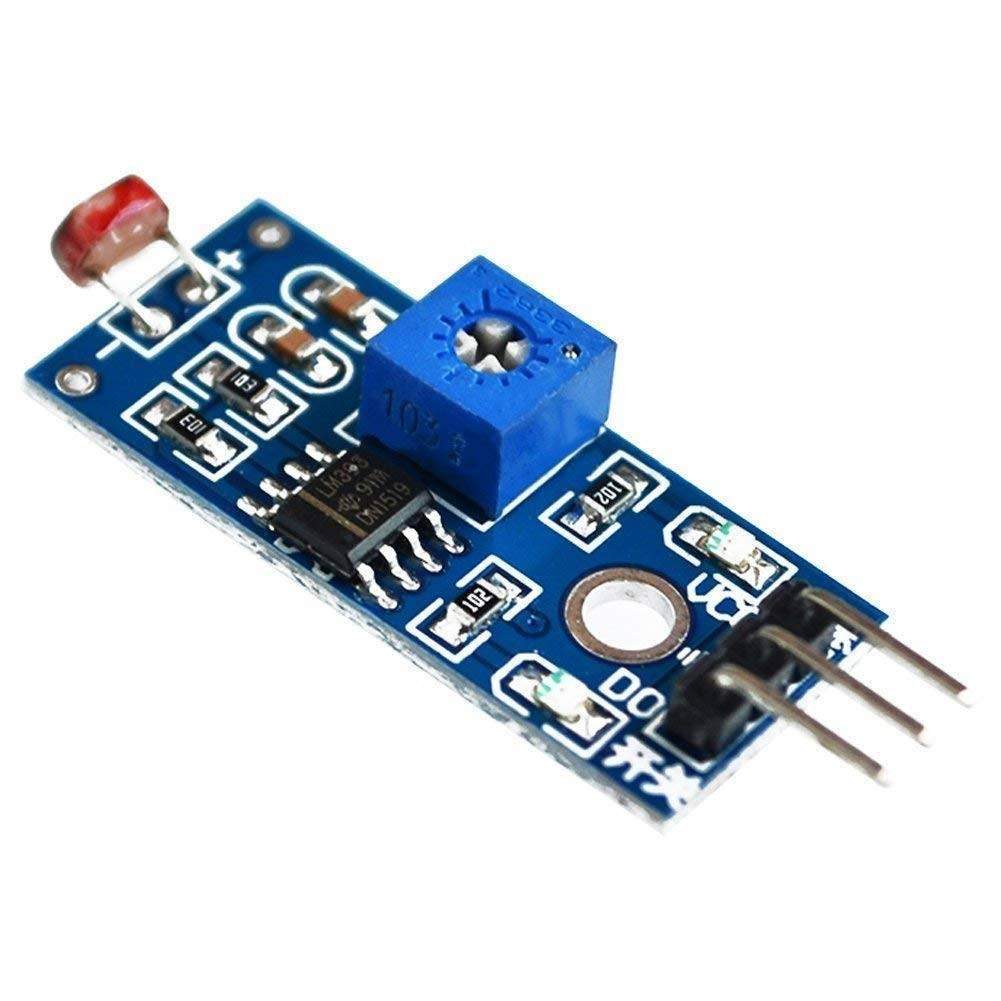
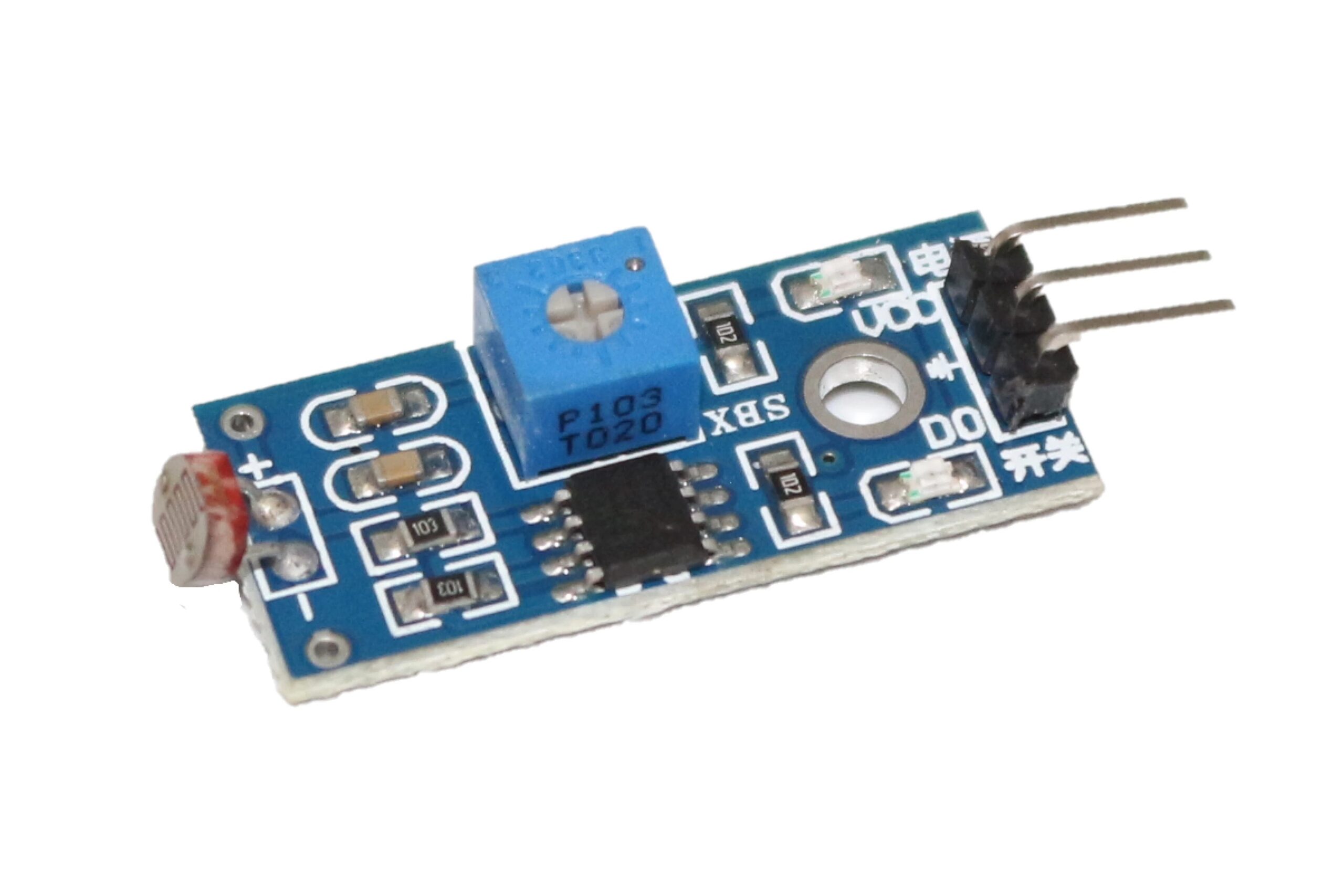
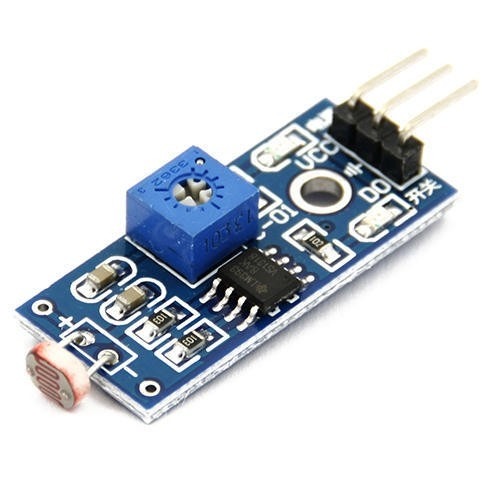

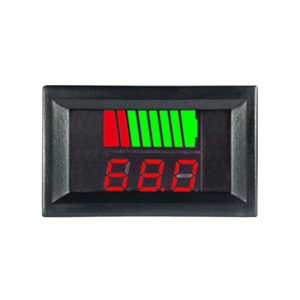

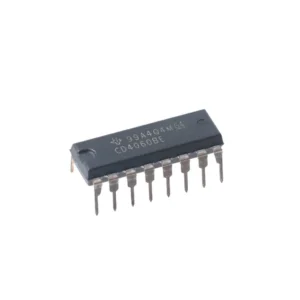
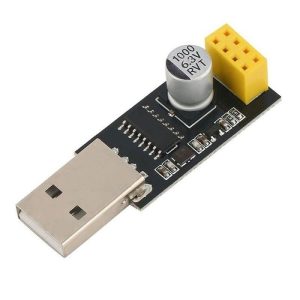

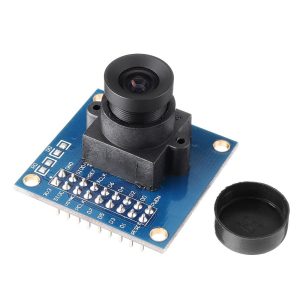
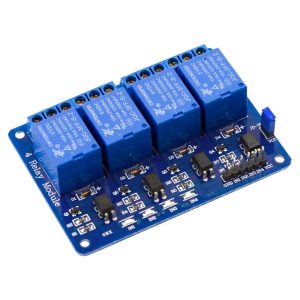
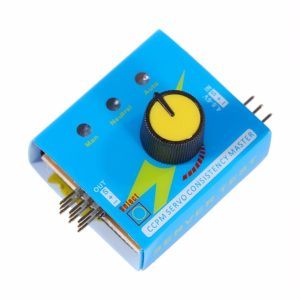
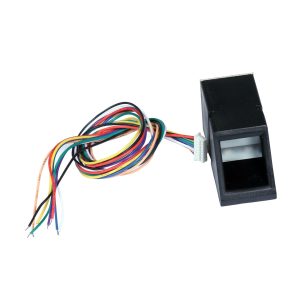
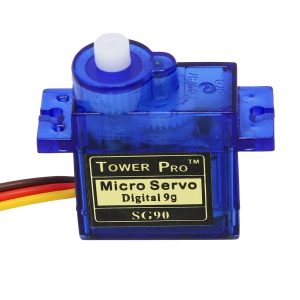

Reviews
There are no reviews yet